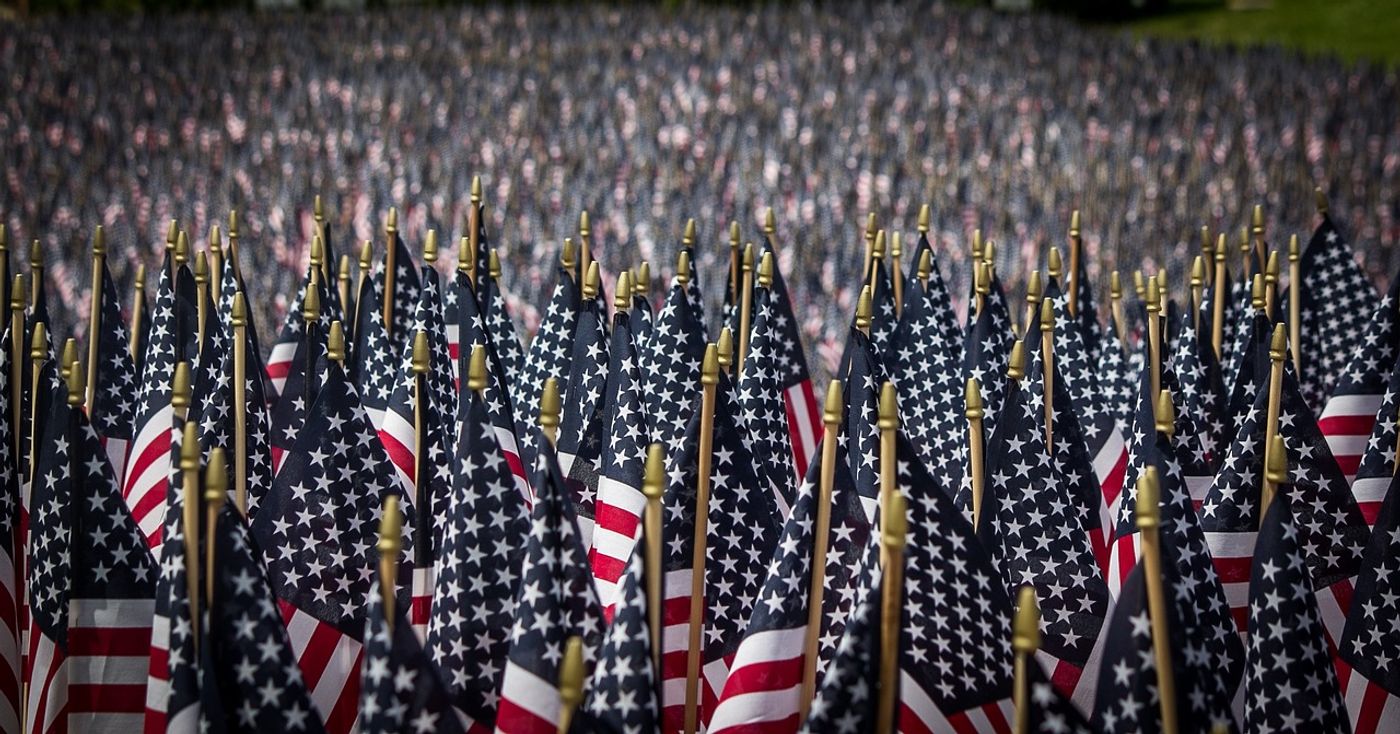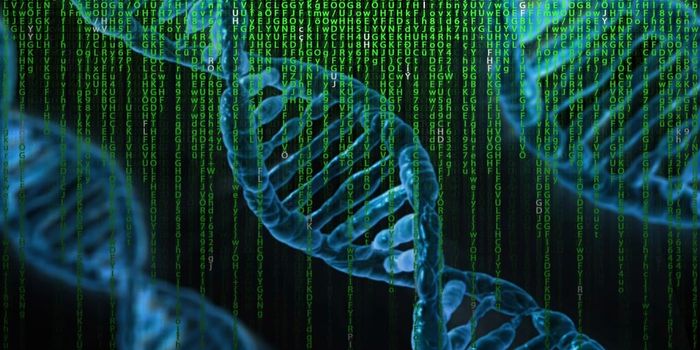The United States Military, Veterans, and Cancer
Today, the United States recognizes Veterans Day, a day of reverence for the brave American veterans who have valiantly fought in all wars. Annually, Veterans Day falls on November 11, a date of great significance as it marks the 1918 signing of the Treaty of Versailles, the agreement that brought an end to the Great War, now known as World War I. The signing took place on the eleventh hour, of the eleventh day, of the eleventh month, a moment that symbolizes the courage and sacrifice of our veterans.
Originally recognized as Armistice Day, Veterans Day became a federal holiday in 1954 when then-President Dwight D. Eisenhower, an Army Veteran who served stateside during World War I and in combat during World War II, signed the legislation.
As Veterans Day aims to honor those who have served in the military, it presents a poignant opportunity to think about the unique health challenges our Veterans face. While many people show their admiration for Veterans and respect the importance of this holiday, not everyone recognizes all the challenges Veterans face. Notably, relatively recent recognition of service-related health challenges has come about. In particular, we now know that Veterans exhibit an increased risk of developing cancer, and this can be related to military service occurring decades prior to onset.
Modern science and oncology research has found that many American veterans have encountered exposure to carcinogens, substances that increase the risk of cancer, during their service to the country. While signs and symptoms may arise during or shortly after exposure in some circumstances, in many cases, diagnoses may not come for years after service. Whether short-term or long-term effects, the toll cancer takes on American military Veterans is significant and growing.
The Veterans Administration (VA) diagnoses almost 56,000 cases of cancer annually in their health system. This is a significant number that underscores the prevalence of the issue. Nearly all (97.5%) cancer cases diagnosed in the VA occur in men, and the types of cancers found in Veterans closely mirror the cancers found in the general population, including prostate, lung, colorectal, and bladder cancers and melanoma. Female Veterans also face cancer risks, with the most commonly diagnosed malignancies including breast, lung, gastrointestinal, and gynecological cancers.
Exposure to carcinogens and other toxic substances during a Veteran's service can increase his or her risk of developing cancer. Some of the most well-recognized carcinogens Veterans encounter or have encountered in the past include Agent Orange, burn pits, asbestos, and sun exposure.
Today, on Veterans Day, I urge you to take a moment to express your gratitude to those who have selflessly served in the military. In the long term, it is crucial that we increase recognition and advocacy towards the heightened risks faced by Veterans. This is to ensure early diagnosis and access to high-quality care, which are vital in the fight against cancer. Recent efforts, including the bipartisan PACT Act signed by President Joe Biden in 2022, have improved veterans' access to cancer screening and treatment options. However, we still have a long way to go to ensure that all Veterans receive the optimal care they deserve.
Sources: JAMA Open Network, Blood, Int J Radiat Biol, J Am Acad Dermatol









